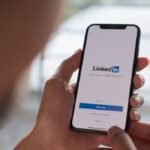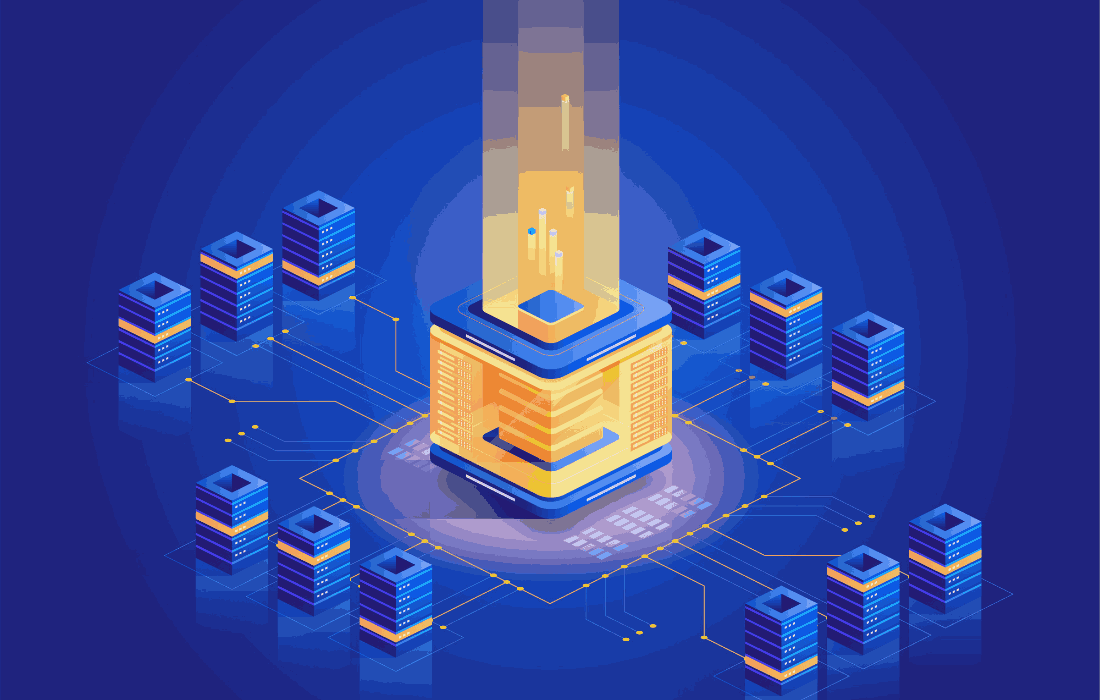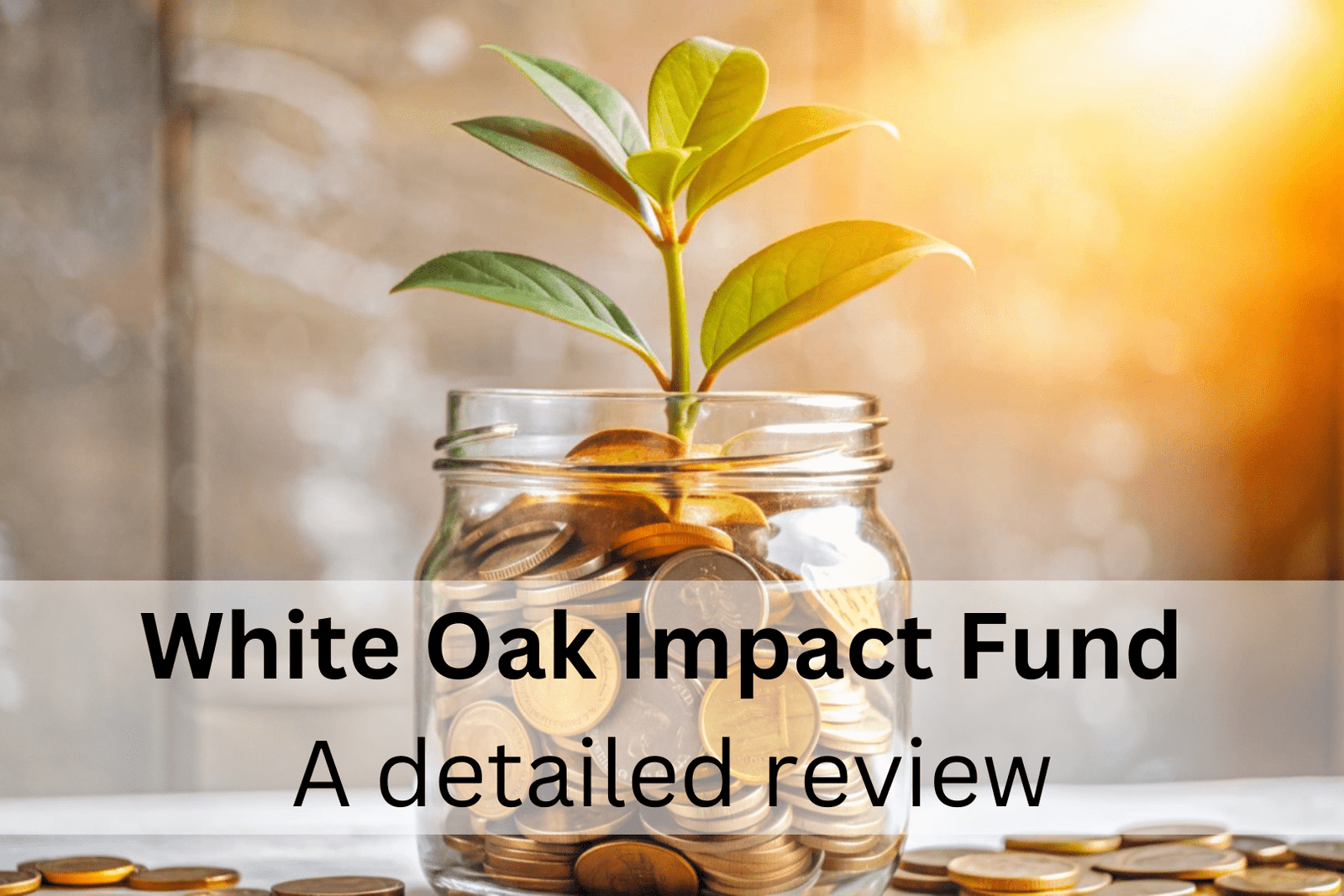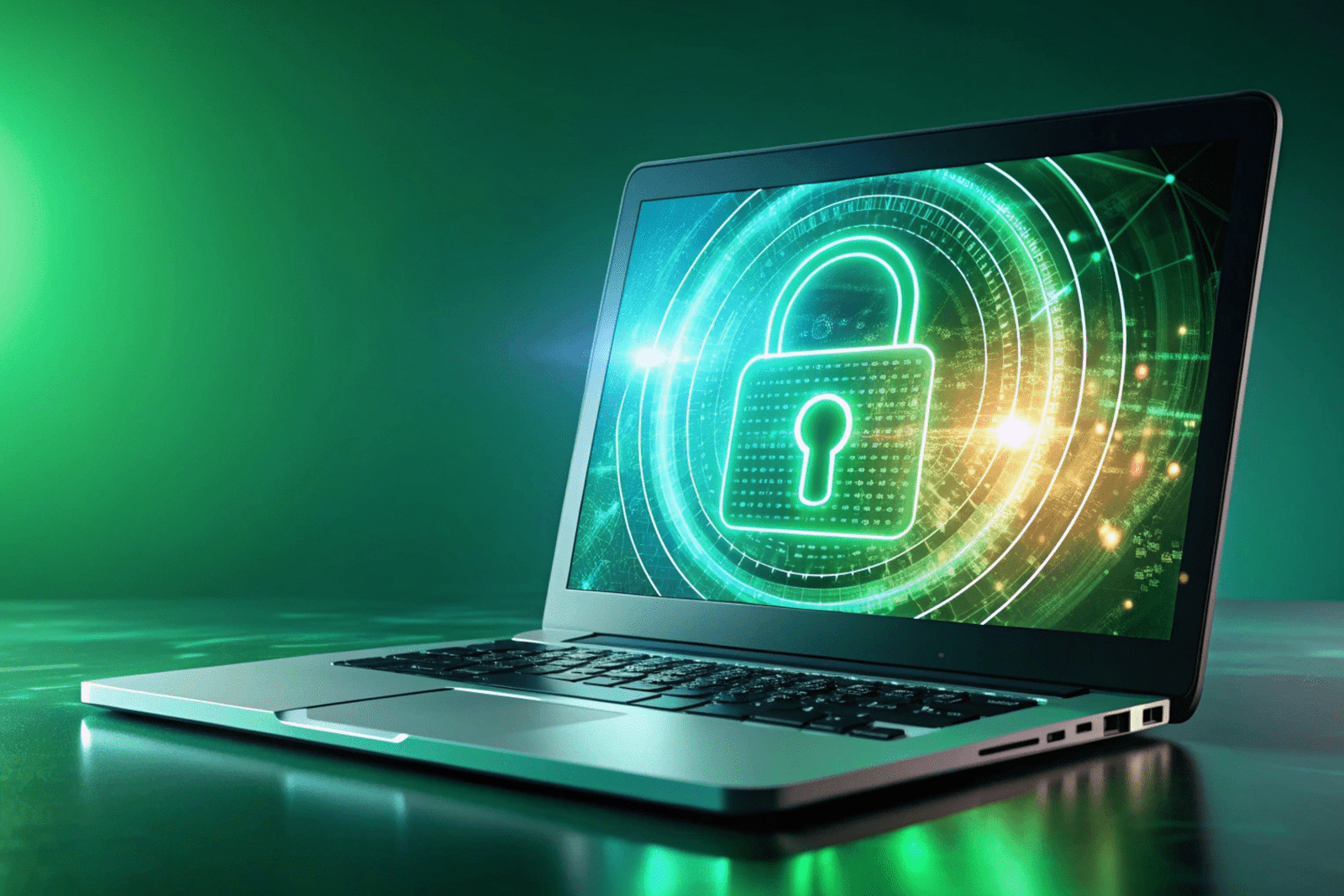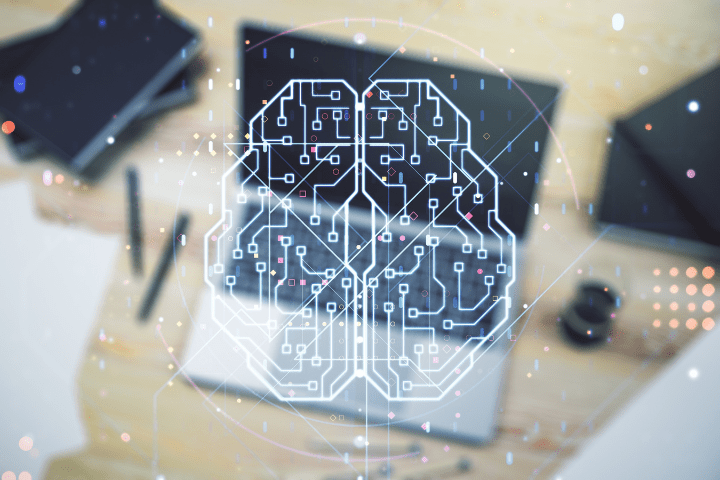Discover how to buy NFTs with our easy-to-follow guide. Learn about digital wallets, platforms, and key steps to purchasing your first NFT in a few simple steps.
Introduction
Cryptocurrencies, including NFTs (Non-Fungible Tokens), have revolutionized the purchase and sale of digital goods because they provide ownership and existence through the ledger. To the artists, collectors, and investors, NFT is a new model for carrying out business in today’s digital economy. However, for newcomers to the sphere of blockchain technology, such as non-fungible tokens, purchasing an NFT may become rather overwhelming. However, it will not be easy for us to give you guidelines on what you must do in the process since it depends entirely on your goal. Do not worry, for we are here to help you through the process. Since first-time consumers may feel confused when considering getting their first NFT, it is now right to describe that process precisely.
Step 1: Understand What NFTs are Before You Buy NFT
However, before going any further, it is vital to determine what exactly NFTs are and why they are relevant. This means that an NFT stands for non-fungible tokens, tokens created on the blockchain to own unique assets in computer systems. Each NFT is linked to a specific asset – artwork, music, virtual real estate, or collectibles. The biggest difference between NFTs and other cryptographic forms of money, like bitcoin, for instance, is that they are non-fungible; this implies they are unique and cannot be exchanged for something similar.
For example, one bitcoin is similar to another although distinct from so-called fiat money; however, every NFT is singular and priceless depending on its singularity and the demand for such singularity, the author of the singularity. That is why individual collectors and investors are interested in the NFT segment.
Step 2: Set Up a Digital Wallet to Buy NFT
Following this, we should proceed further about what an NFT is: creating a digital wallet. Your digital wallet is the container where the Cryptocurrency, which you will need to purchase your Non-Fungible Token, is stored. There are a relatively large number of wallets here, and so to use NFT, one has to use an Ethereum-based wallet because most NFTs are developed under Ethereum.
Popular wallets include:
- MetaMask: A widely used browser extension wallet.
- Coinbase Wallet: A user-friendly mobile wallet.
- Trust Wallet: Ideal for mobile users with multi-chain support.
When setting up the wallet, make sure you keep the seed phrase, a series of words that allows access to the created wallet safe. We can’t stress this enough: if you misplace your seed phrase, you will also lose your funds and NFTs.
Step 3: Buy Cryptocurrency
To buy NFT, you need some crypto, as do most of today’s consumer-facing products; the crypto usually used is ETH, the second most popular Cryptocurrency in the market after bitcoin. If you do not have any, you can purchase ETH using other cryptocurrencies at any of the major exchanges, including Coinbase, Binance, or Kraken. After you have bought Ethereum, you can transfer them to your digital wallets through the public address of the wallet and you will use it as the receiving wallet address in the exchanges.
It is also suggested that you consider the cost of a transaction fee, also known as gas fees, which depends on Ethereum’s network congestion.
Step 4: Choose an NFT Marketplace
Exactly, let’s remember that after you create a wallet and fill it with cryptocurrencies, you are ready for the NFT world. It is essential to understand that markets are areas that act as billboards where a given NFT is posted, and buyers or potential buyers can directly interact. Some of the most popular NFT marketplaces include:
- OpenSea: One of the largest and most diverse NFT platforms, supporting various types of NFTs.
- Rarible: A community-owned marketplace that allows users to mint and sell NFTs.
- Foundation: A platform curated for high-end digital art and exclusive drops.
When deciding on the marketplace, look at what is available depending on your preferences if it is art or collectibles or even a virtual world.
Step 5: Browse and Select an NFT
When the decision has been made on the marketplace to work with, the next thing is to maneuver through the NFTs to work with. Otherwise, the different sections are art, music, sporting memorabilia, virtual space and the rest. While browsing, consider factors like:
- Creator Reputation: Who is the creator of the NFT, and what is his reputation?
- Rarity: How rare is the NFT? Some collections have a limited number of NFTs, which increases their value.
- Utility: Some NFTs come with added benefits, like exclusive access to events or communities.
It will help if you take your time to do a little research to get what you want, whether it’s an investment or just something to enjoy.
Step 6: Make the Purchase
Now that you have chosen your NFT, the next step is to purchase it. The majority of NFTs are listed for sale through a bid or buy-it-now feature. If the NFT is listed for direct buy, all that one has to do is click on the “Buy” tab. For auctions, one will need to make a bid, and the last bid takes the food when the auctioning time is complete.
When the purchase is completed, the coins will be moved to your wallet, with each transfer recorded on the blockchain. Do not forget that there will also be a gas fee for the transaction.
Step 7: Secure Your NFT
After a transaction has been made, your non-fungible token will be reflected in your digital wallet. You should always ensure that wallet information, especially your private key and seed phrase, is well stored and protected. It is also recommended that you store your NFTs using hardware wallets to increase the level of security.
Step 8: Manage and Sell Your NFTs
If you own an NFT, you are in complete charge of that particular asset. Your sole decision is whether to preserve the custom NFT as financial backing, use it as a digital picture in art galleries, or sell it to others. In the selling process, marketplaces will help you create the NFT and set the price: either fixed or auction-based according to terms of reference and requirements of the project, programmes and activities it is implementing.
Our advice, therefore, is to follow the community and the trends in the NFT market to understand what is in demand and how to get the most out of it.
Conclusion
This article will greatly help anyone looking to buy their first NFT, as it can be a rather daunting process. However, the process is quite easy with the right resources, such as a digital wallet, Cryptocurrency, and access to good marketplaces. With the future still uncertain in this constantly developing digital environment, NFTs will remain an important part of the ownership and commercialization of digital assets. So why wait? Learn more about Non-Fungible Tokens and begin your journey by making your first purchase here today!
Also Read: iPhone stuck in SOS mode: Understanding and Fixing “SOS Only” Status





